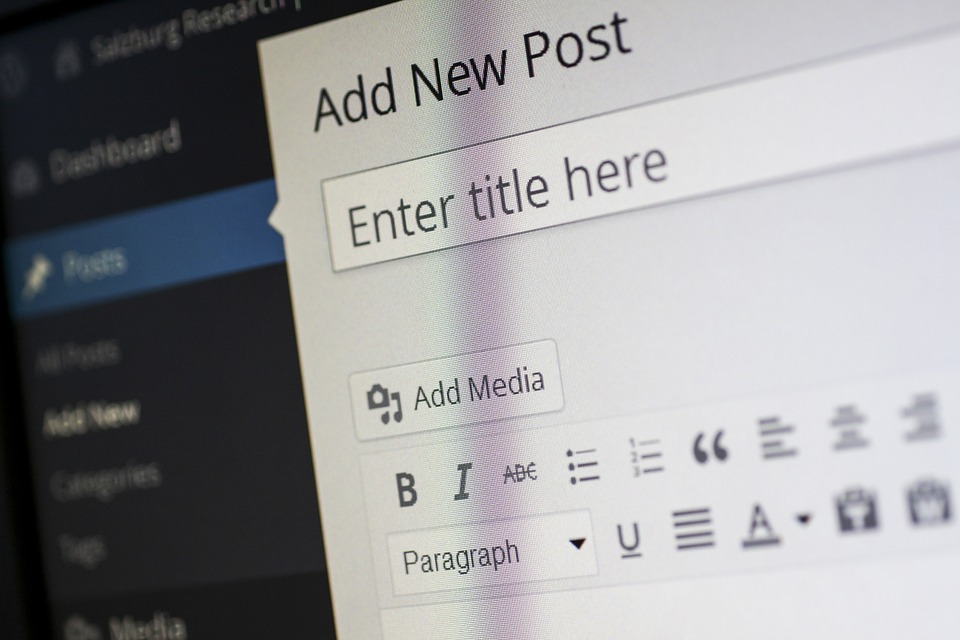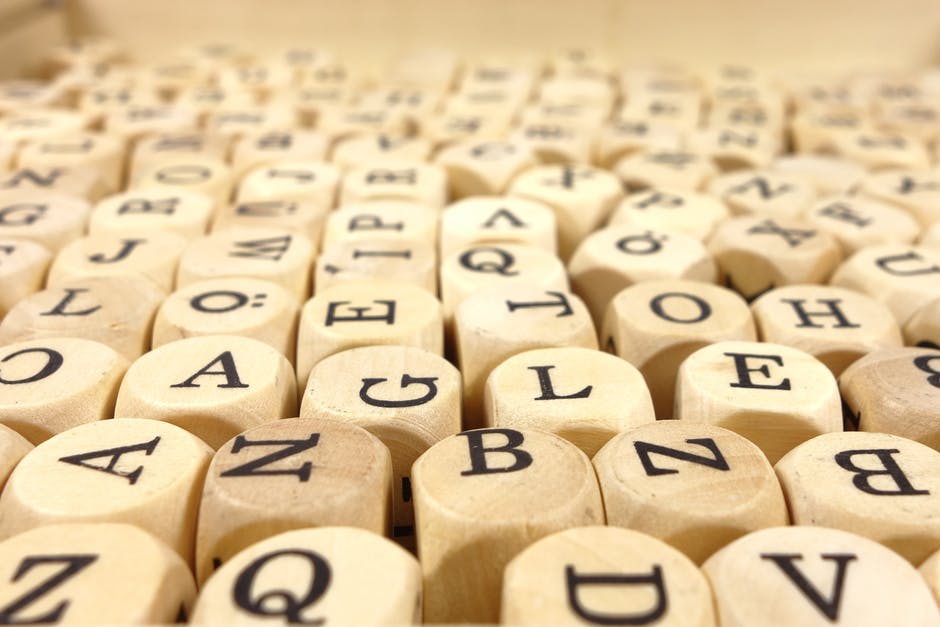One of the most important factors of your website design is content, and more specifically its readability. You could be putting out the best content on the web, but if it’s a pain in the rear to digest, users won’t even bother trying. Written content on a website is different to in a printed publication in the fact that web users scan read. With that in mind, here’s some pointers to make sure your content is getting read.
Fonts
It’s easy to get carried away when selecting fonts, thinking the fancier the better, but that’s not necessarily the case. You can get away with a more unique font for headlines, as they tend to be shorter, ensuring you use capital and lowercase letters, making the headline more easily scan-read. For your main body of text though, simple sans-serif fonts like Arial or Verdana are more readable on a screen, as serifs tend to get messy.
Font size
Whilst we’re on the topic of fonts, it’s important to consider size too. With users coming to your website via different devices and screen resolutions, selecting your font size using percentages will ensure the font adapts to the screen resolution of the device being used. Another argument suggests you should go with a 16pt font as a general rule. Either way, you can provide an easier read for your users.

Contrast
If the colours of your text and background are too close, users aren’t even going to try to read your content. Pick colours that have a high contrast to one another to ensure the best readability. If you use background images then make sure your text is positioned on white or empty space to stay clear of unnecessary noise.
Length
You can get away with longer lines in print publications, but on the web users tend to be in more of a hurry to get to the main point of what they’re reading. We’d recommend keeping your line length to around 50-60 characters, so users don’t lose interest.
Paragraphs
On that note, and bearing in mind your users will be scan-reading, get acquainted with your return key, and get ready to start using it – a lot. The more you can break up your text the better, as the shorter paragraphs are less intimidating and more easily digestible whilst still scanning at record-breaking speed.
Get to the point
Don’t hang around in getting to the point of what you’re trying to say or sell, as web users don’t hang around either. With business websites in particular, users aren’t coming to you to compare you to Shakespeare, so make sure your content is as concise as possible. This doesn’t mean you shouldn’t offer in-depth expertise, but if you do, do it to inform and enlighten, not to bore.

Break it up
A few more ways you can make your content more readable include using lists to help break up the text into mouse-bitesize chunks, highlighting keywords to help users find the specific information they’re after, and using images to support your content, giving your users momentary breaks from reading.
With all of this in mind, you should be able to improve your website’s success by improving its content readability. If you want someone to take a look at your website or build one from scratch, please don’t hesitate to get in touch. We’d love to hear from you.
